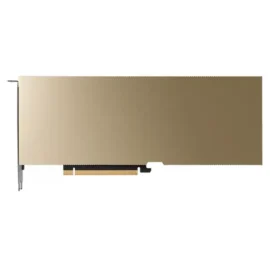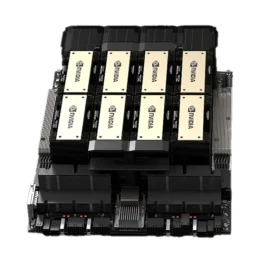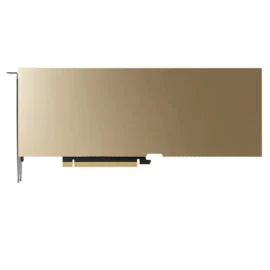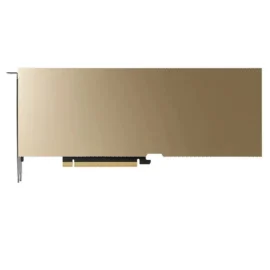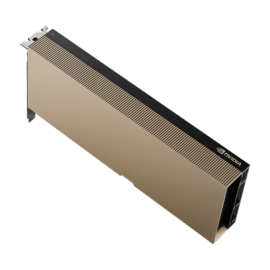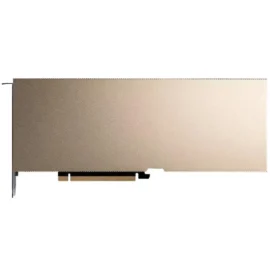Graphic cards, also known as graphics processing units (GPUs), are vital components in modern computing systems, responsible for rendering images, videos, and 3D graphics with precision and speed. This article delves into the realm of graphic cards, exploring their functions, ideal choices for gaming, and the perennial debate between AMD and Nvidia.
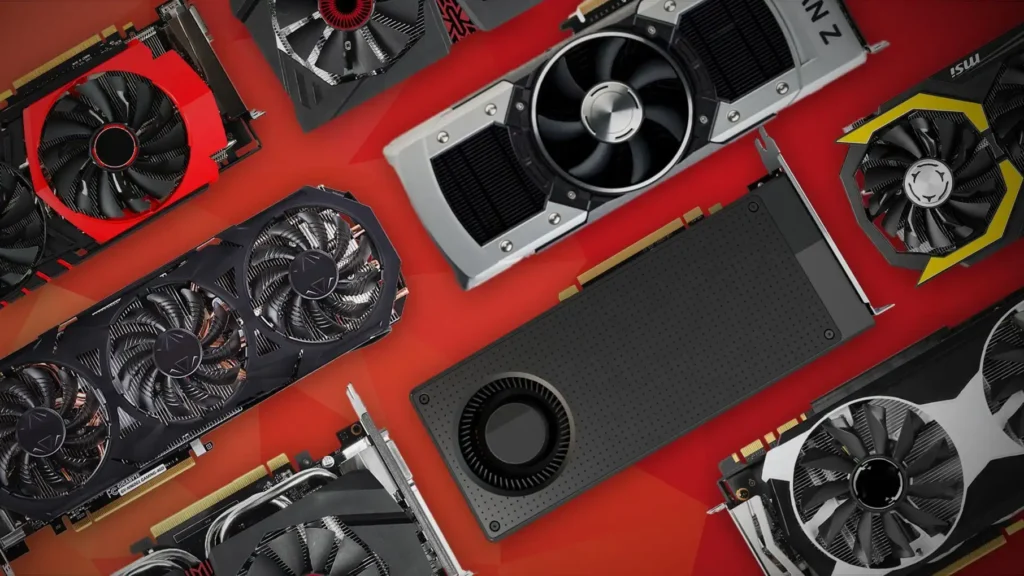
Table of Contents
ToggleWhat Does a Graphic Card Do?
A graphic card’s primary function is to offload graphics processing tasks from the computer’s central processing unit (CPU), allowing for smoother and more efficient rendering of images and videos. Graphic cards contain specialized hardware, including processors, memory, and rendering engines, optimized for parallel processing and real-time graphics rendering. Helpful resource: https://www.businessinsider.com/guides/tech/what-is-a-graphics-card
What is a Good Graphics Card for Gaming?
When it comes to gaming, a good graphics card should offer high performance, excellent rendering capabilities, and support for advanced graphical features. Some popular choices for gaming include Nvidia’s GeForce RTX series and AMD’s Radeon RX series. These graphics cards feature dedicated gaming-oriented features, such as ray tracing, high refresh rates, and support for virtual reality (VR) gaming. Helpful resource: https://www.tomshardware.com/reviews/best-gpus,4380.html
Which is Better: AMD or Nvidia Graphics Card?
The age-old debate between AMD and Nvidia graphics cards continues to divide enthusiasts and professionals alike. Both AMD and Nvidia offer a range of graphics cards tailored to different budgets and performance requirements. Nvidia is renowned for its high-performance GPUs, innovative features like ray tracing, and extensive driver support. On the other hand, AMD offers competitive alternatives with lower price points and excellent value for money, particularly in the mid-range market segment. Ultimately, the choice between AMD and Nvidia boils down to individual preferences, budget constraints, and specific gaming or workload requirements. Helpful resource: https://www.ign.com/articles/amd-vs-nvidia
In conclusion, graphic cards play a pivotal role in enhancing visual experiences, whether in gaming, multimedia editing, or professional visualization tasks. By understanding their functions, ideal choices for gaming, and the differences between AMD and Nvidia, users can make informed decisions when selecting graphic cards for their computing needs. As technology continues to evolve, graphic cards are poised to deliver even more immersive and realistic graphics experiences, pushing the boundaries of visual computing to new heights.

